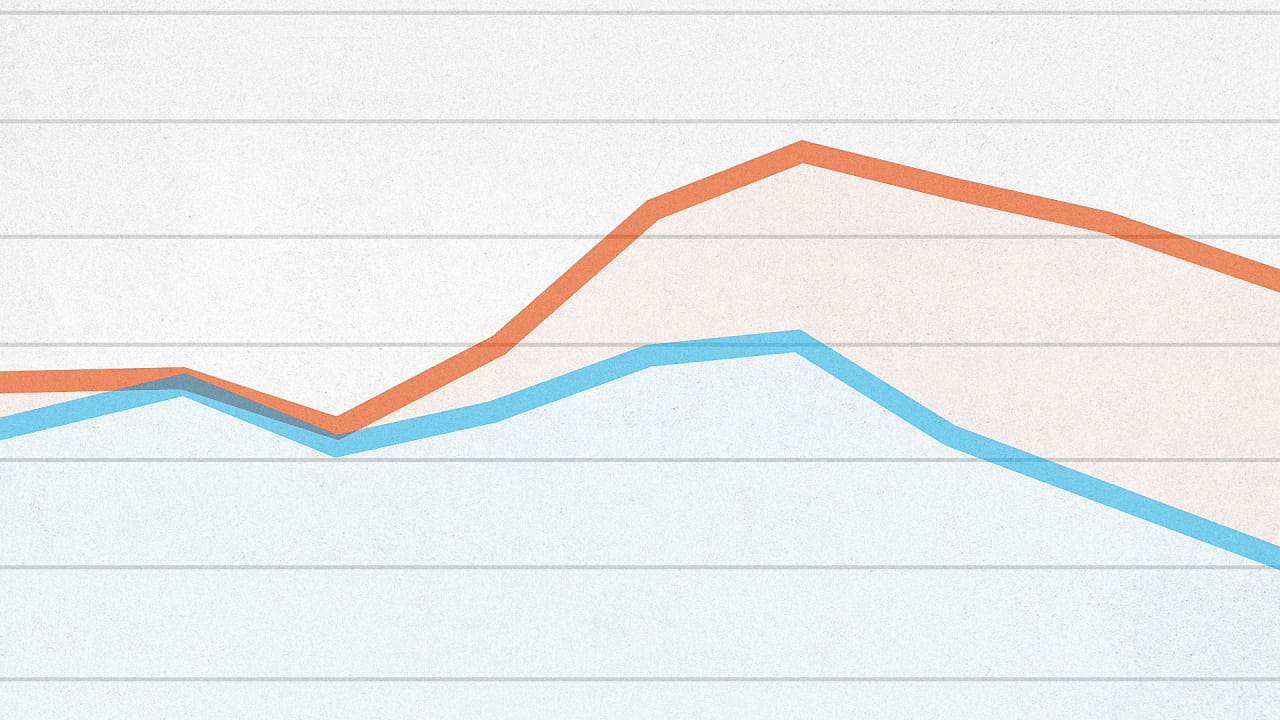Tag: videos
-
Design with intersectionality in mind
Designing beyond accessibility, sex, and gender. This TED talk will make you think. Applying an intersectional approach helps you assess the potential impacts – positive or negative – of initiatives based on their multiple identity factors, enabling you to identify risks, and potential challenges at an early stage and create mitigation strategies. Applying an intersectional…
-
JavaScript for Designers – video training series
They had me at “tired”…. Source: JavaScript for Designers – video training series Hey designers! Let me guess, you’re: tired of being the “designer that doesn’t know JavaScript” tired of copy/pasting bloated JavaScript into your projects excited to own the entire front-end experience ready to build fully functional HTML prototypes
-

Data Informed, Not Data Driven (UX Week 2010 – Adam Mosseri) – YouTube
TRANSCRIPT: UX Week 2010 – Adam Mosseri Data Informed, Not Data Driven My name is Adam Mosseri. I’ve been a product designer at Facebook for about two years now, and today I’d like to talk about how we at Facebook use data to inform certain types of decisions, but how we also are very…
-
Simon Whatley – Nordstrom’s Innovation Lab: Sunglasses iPad app case study
https://www.youtube.com/watch?v=dS3sD96m8gc By applying a healthy dose of Lean and Agile methodologies to projects, the waterfall model of software development has been replaced leading to rapid Source: Simon Whatley – Nordstrom’s Innovation Lab: Sunglasses iPad app case study
-
10 JavaScript Essential Training Videos from Lynda.com
I could never ever figure out this programming language. Glad to see there is a free resource from my favourite online tutorial provider.